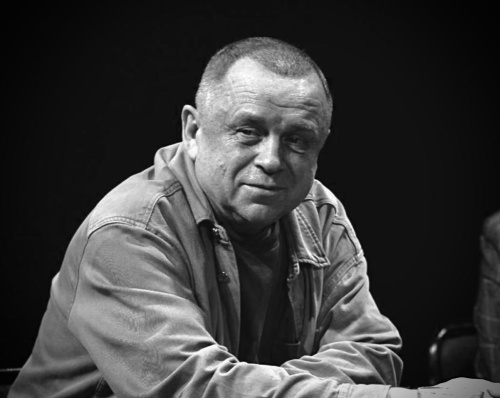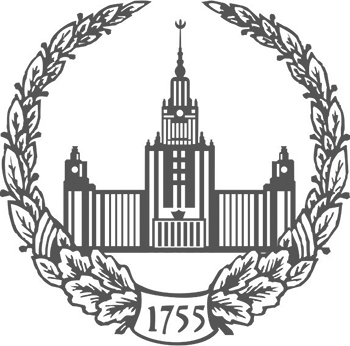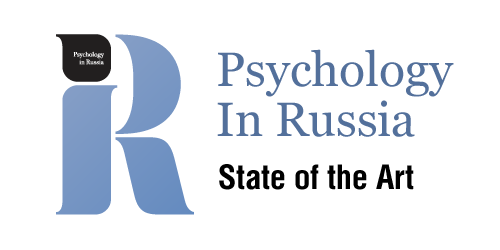Yastrebov, A.L.

Dr. Sci. (Philol.)
Head of the Department of History, Philosophy and Literature, Russian Institute of Theatre Arts (GITIS).
-
The Image of the “Small” Actor in Reality and Culture: from Teacher’s Warning to Vice and RevoltLomonosov Psychology Journal, 2025, 3. p. 68-87read more503
-
Background. The image of a "small", "minor" actor is of little interest to the audience and culture. This article focuses on an actor who remains in the shadow of genius, who does not bear the image of greatness, who is helpless and doomed. This actor plays roles that are far from characteristic, expressive and the sacred awe of the crowd. However, this is a person with ambitions, demands, which first turn into vain hopes, then into crisis decisions, revealing the horror of the stage existence.
Objective. The study aims to examine the self-perception of the "small" actor within the context of the role of emotions in cognitive processes and creativity, as they are intertwined with the history of ideas and the empiricism of artistic existence.
Methods. The solution of the tasks set in the article required an integrated approach to the development of the research methodology. The comparative-historical method allowed us to identify the patterns of development and evolution of the phenomenon of interest to us; to trace the continuity of literary practices in the aspect of aesthetically and ideologically motivated ideas about the problem of the "small" actor. We also use the comparative-contrastive method in analyzing the specifics of the artistic presentation of everyday or historical phenomena.
Results. The study is connected with the expansion of ideas about theatrical art in one of its dramatic aspects, it becomes a kind of a warning for actors, debunks the established mythology of stage craft and demonstrates the physical and mental metamorphoses of an actor who has not achieved recognition. The materials of the article can be used in the preparation of lecture courses on "The History of Theater" and "Psychology of Artistic Creativity".
Conclusions. The literary plot of the "minor" actor clearly demonstrates that the real order of things — the stage biography of the literary image of the actor — destroys the formula of K.S. Stanislavsky, turning it into a model of the impossible. If we follow the concept of the great director, we find an accentuation on the rise of the actor from a microscopic role to a grandiose stage victory. The literary history of the "small" actor clearly demonstrates the utopian nature of the statement of the classic of the theater, his focus on myth-making. The preference for deviant behaviour by "small" actors becomes an act of protective ritual, an instrument of communication with a world that does not want to accept you.
Keywords: “small” actor; social role; professional role; theatrical art; existence; self-identification; artistic world; emotions; developmental psychology; psychology of artistic creativity DOI: 10.11621/LPJ-25-25
-









